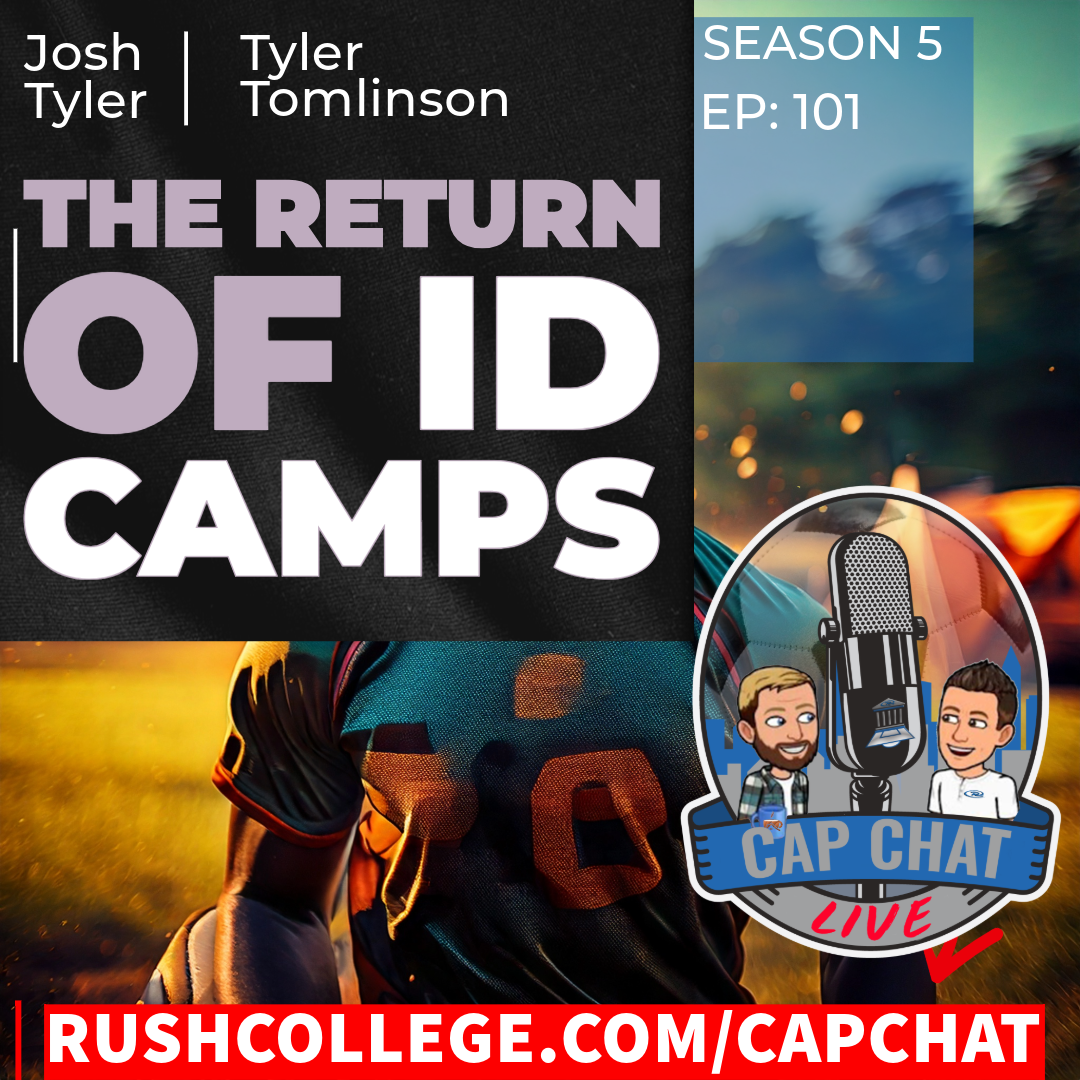The Return of the College ID Camp
Written by: Josh Tyler & Tyler Tomlinson
The evolving landscape of youth soccer recruitment, and the importance of ID camps in helping players gain exposure to college coaches. They explore the impact of different leagues on recruitment opportunities and emphasize the need for proactive efforts from players in the recruitment process. The discussion highlights the value of building connections at ID camps and the shifting dynamics of recruitment in the current soccer environment.
April 17th 2025
Springtime brings a mix of beauty and bluster, a sentiment that resonates with the ever-evolving world of youth soccer recruitment. In a recent insightful discussion, seasoned coaches Josh Tyler and Tyler Tomlinson unpacked crucial topics for young players dreaming of college soccer. From battling unpredictable winds on the field to navigating the complexities of recruitment and understanding the renewed importance of ID camps, their conversation offered a roadmap for aspiring athletes and their families.
HERE
They kicked off by acknowledging a universal player grievance: the dreaded wind. More than rain or even cold, wind can fundamentally alter a match, turning skillful play into a battle against the elements. As Coach Tomlinson shared, it’s a condition few players relish, impacting everything from ball control to strategic passing.
The conversation then shifted to the dynamic landscape of youth soccer leagues. With the rise of new leagues and the expansion of existing ones, the pathway to college recruitment can feel overwhelming. While leagues like MLS Next and ECNL offer high levels of competition, Tyler and Tyler emphasized that for older players, particularly rising juniors, a simple league switch might not be the golden ticket to college exposure.
Their key insight? College coaches at the Division I and II levels often prioritize showcase tournaments for scouting. Therefore, the onus is on the players themselves to be proactive in the recruitment process. This means actively reaching out to college coaches and, crucially, participating in ID camps.
ID camps, the focal point of much of their discussion, have seen a significant resurgence. Debunking the notion that these camps are mere “money grabs,” both coaches highlighted their immense value. ID camps provide a unique opportunity for players to immerse themselves in a college environment, interact directly with coaching staff and current players, and receive invaluable feedback.
For freshmen and sophomores, attending ID camps isn’t necessarily about securing an immediate offer. Instead, it’s about understanding the intensity and style of play at the college level, gauging their own abilities against their peers, and initiating crucial connections with coaches.
Tyler and Tyler stressed the importance of a proactive approach to ID camps. This includes:
- Reaching out to coaches before the camp.
- Introducing yourself in person upon arrival.
- Expressing gratitude and shaking hands with coaches at the camp’s conclusion.
- Sending a follow-up email reiterating your interest and requesting feedback.
The discussion also touched on the shifting dynamics of college recruitment. With the increasing prevalence of international recruiting and the transfer portal, college coaches have expanded their talent pools. This means that relying solely on league affiliation is no longer a surefire strategy. ID camps offer a direct avenue for players to showcase their abilities and demonstrate their commitment to college coaches.
In conclusion, just as players must adapt to the unpredictable winds on the field, aspiring college athletes need to navigate the evolving landscape of recruitment with intention and effort. ID camps, when approached with the right mindset and a proactive strategy, provide a powerful tool for learning, connecting, and ultimately, taking control of the journey towards playing college soccer.


